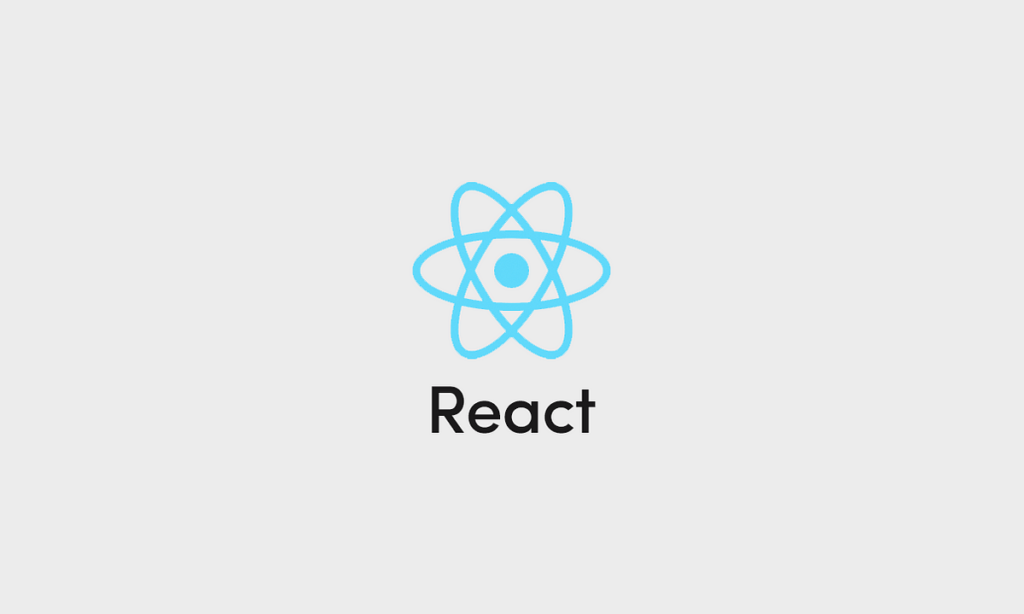React, a powerful library for building user interfaces, remains a favorite among developers in 2024. However, what makes React even more compelling is its ecosystem of frameworks. These frameworks simplify development, enhance performance, and streamline workflows for building modern web applications. If you’re a developer or team looking to elevate your React projects, understanding the top React frameworks of 2024 is essential. This guide explores the most popular React frameworks that are reshaping web development.
Why Use a React Framework?
React, while versatile, doesn’t provide opinions on routing, state management, or file structures. React frameworks fill these gaps by offering ready-to-use solutions for:
- Routing and Navigation
- Server-Side Rendering (SSR)
- Static Site Generation (SSG)
- API Integration
- Performance Optimization
These features make React frameworks indispensable for creating fast, scalable, and user-friendly web applications.
Popular React Frameworks of 2024
Next.js: The Industry Leader
Next.js, developed by Vercel, continues to dominate the React framework space in 2024. Known for its flexibility, it supports SSR, SSG, and even Incremental Static Regeneration (ISR).
- Key Features:
- Server-side rendering and static site generation
- File-based routing
- Built-in CSS and image optimization
- API routes for backend integration
- Why Use It?
Next.js is the go-to framework for businesses and developers who prioritize performance and SEO. It’s ideal for e-commerce platforms, blogs, and large-scale applications.
Remix: The Rising Star
Remix has gained significant traction for its focus on enhancing user experience through optimized data loading and error handling.
- Key Features:
- Seamless server and client-side rendering
- Nested routing
- Progressive enhancement for better performance
- Why Use It?
Remix’s ability to handle complex data workflows makes it perfect for apps requiring dynamic interactions and fast data rendering.
Gatsby: The Static Site Champion
Gatsby remains a top choice for static site generation, empowering developers to build blazing-fast websites with React.
- Key Features:
- Static site generation
- GraphQL integration
- Plugin ecosystem for enhanced functionality
- Why Use It?
For developers building content-heavy sites or blogs, Gatsby offers unparalleled speed and scalability, making it a preferred choice for marketing and portfolio websites.
Razzle: Universal JavaScript Framework
Razzle is a lesser-known but powerful framework that simplifies server-side rendering without locking you into a specific structure.
- Key Features:
- Server-side rendering out of the box
- Support for various templating engines
- Minimal configuration
- Why Use It?
Razzle is ideal for developers looking for flexibility and the ability to integrate with other libraries.
Blitz.js: Fullstack React Framework
Blitz.js offers a full-stack solution for developers who want to handle everything—from frontend to backend—using React.
- Key Features:
- Built-in authentication and database management
- API-less architecture
- Seamless integration with Prisma for database handling
- Why Use It?
Blitz.js reduces boilerplate and simplifies development, making it ideal for startups and small teams.
How to Choose the Right React Framework?
Project Requirements
Determine if your project needs SSR, SSG, or client-side rendering. Next.js excels in SSR/SSG, while Gatsby shines for static sites.
Team Expertise
Evaluate your team’s familiarity with the framework. For example, developers comfortable with GraphQL might prefer Gatsby.
Community Support
A framework with an active community, like Next.js, ensures access to plugins, updates, and troubleshooting help.
Scalability and Performance
For large-scale apps, frameworks like Next.js or Remix offer better performance optimizations compared to others.


